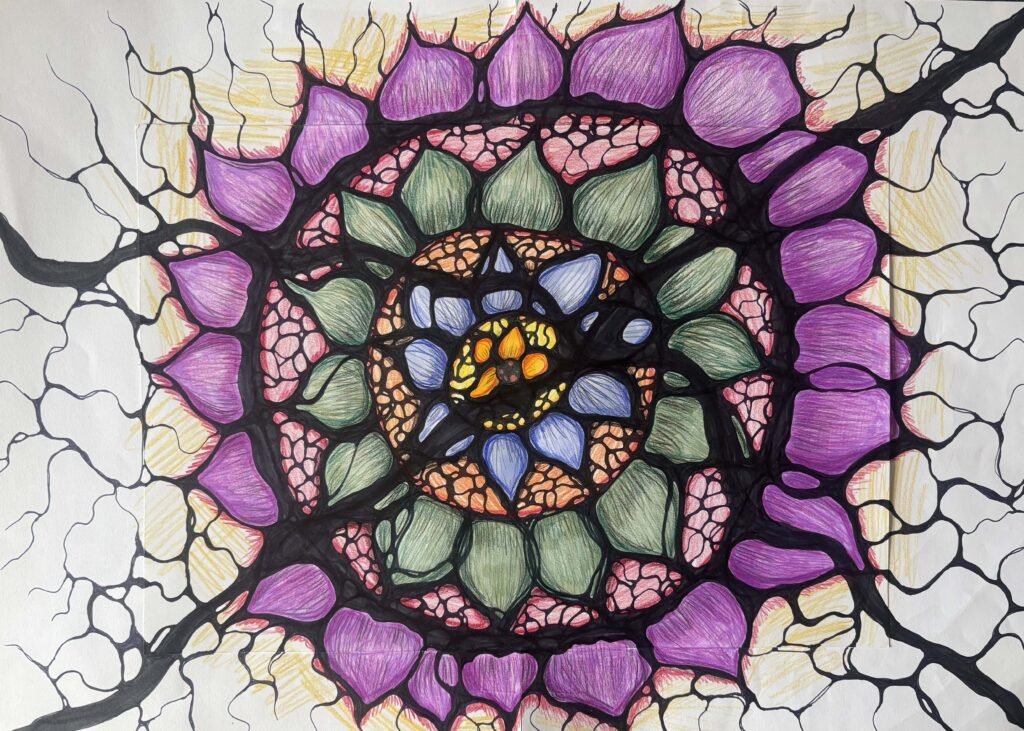
Neurographica is a unique drawing method that helps reshape your inner world through lines and colour. Each neurographica algorithm consists of clear steps that guide your hand and shift your mindset.
Created by Pavel Piskarev, these algorithms combine psychology, neuroscience, and creative self-expression.
When you draw neurographic art, you activate change through shape, flow, and colour.
Neurographica uses structured algorithms to create results, not to process past trauma.
Every algorithm helps you access creativity, calm the mind, and form new neural connections.
In this blog post, you’ll learn how a neurographica algorithm works and how to start drawing.
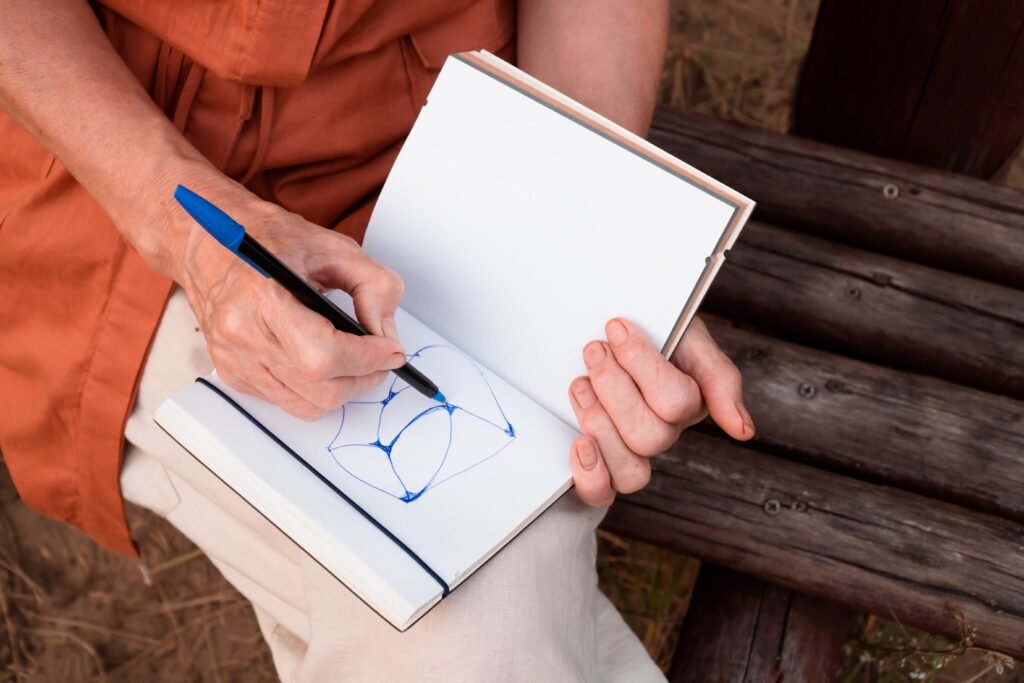
What Is the Neurographica Algorithm and How Does It Create Inner Balance?
A Neurographica algorithm is a step-by-step drawing process that creates positive change in your mind.
It helps shape your thoughts by combining lines, colour, and composition into a structured visual experience. Each algorithm activates neural pathways and supports inner transformation through creative expression.
The Neurographica algorithm creates inner balance by harmonizing thoughts, emotions, and actions through structured drawing.
The Basic Algorithm is the foundation for all other neurographica drawings. It includes 8 specific steps designed by Pavel Piskarev to guide your mind through change.
When people mention “algorithm,” they often refer to symbolic or coaching-based drawings.
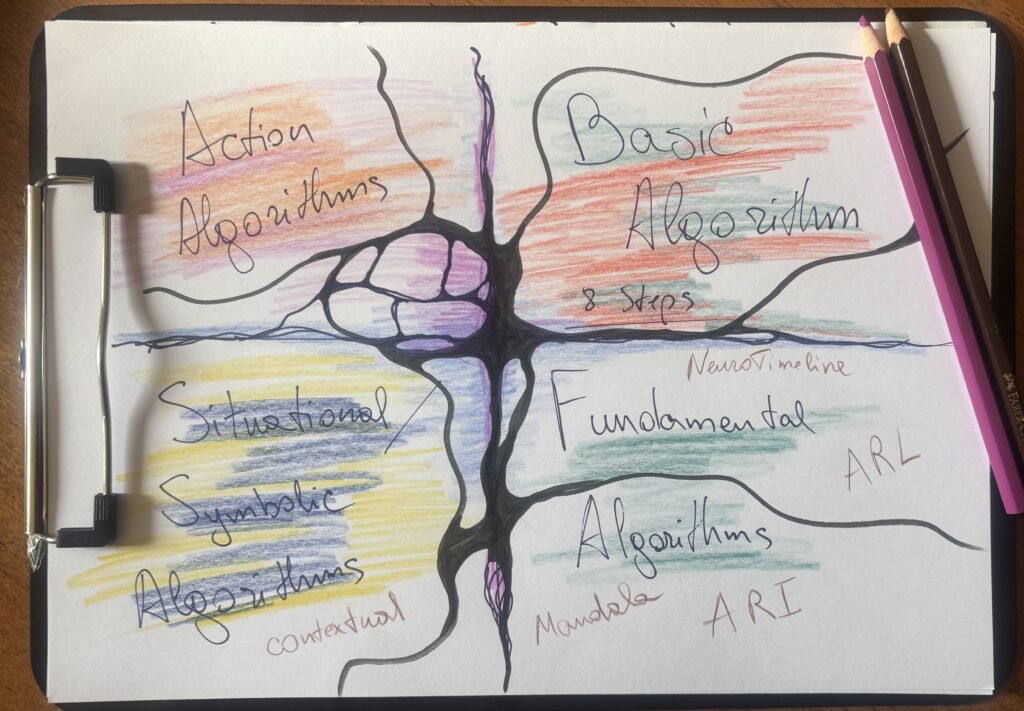
There are four main types of algorithms in Neurographica:
- Basic Algorithm – The core 8-step method
- Fundamental Algorithms – Include NeuroComposition, NeuroMandala, etc.
- Situational/Symbolic Algorithms – NeuroTree, NeuroLotus, Hero’s Journey, etc.
- Action Algorithms (Coaching-Based Algorithms)– S.C.O.R.E., T.R.U.E., Blue Ocean, etc.
When we draw Neurographica, we follow all the steps of the Basic Algorithm.
And when we draw neurographic art (or neuroart), we may not follow all of these steps. See this blog post to learn the difference between Neurographica and neuroart.
Each Contextual or Action Algorithm changes only the second step of the Basic Algorithm: the composition. All other steps remain the same.
For example:
- When drawing the NeuroTree, Step 2 includes drawing a tree structure. Then we round the corners.
- In the T.R.U.E. Algorithm, Step 2 includes drawing the elements:
- T – Theme
- R – Resources
Then we proceed to: - U – Unlock
- E – Equalize
After that, we round the corners and continue as usual.
These variations allow you to work with different goals while staying grounded in the original method.
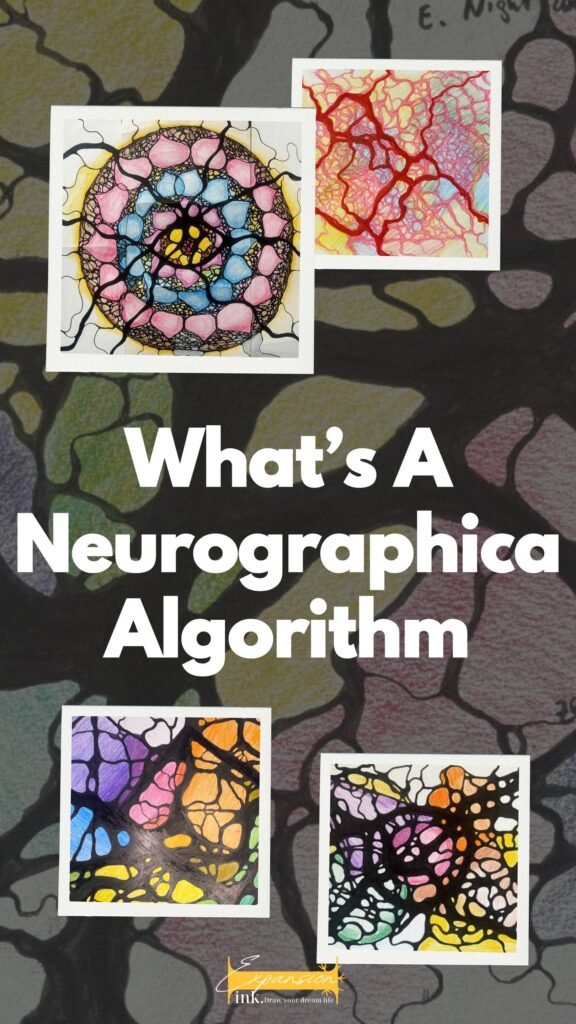
How to Draw a Neurographica Algorithm Step-by-Step
To draw Neurographica, you follow a mindful, structured process using a marker and a blank sheet.
The algorithm consists of 8 steps invented by Pavel Piskarev, founder of Neurographica. This creative process uses lines and shapes to transform inner states into visual form.
These 8 steps guide you through a psychological and meditative framework. You don’t need artistic skill—just presence and curiosity to begin your first true Neurographica drawing.
Here’s how to start creating a neurographic art piece:
- Use a sheet of paper and a marker. Check out this video to find out what kind of tools you need to draw Neurographica.
- Create the composition and add neurographic lines.
- Soften every sharp intersection—this is the core principle of transformation.
- Add colour thoughtfully to express inner states and restore flow.
- Continue shaping and refining until the drawing feels complete.
This method is based on a scientifically grounded, graphical language of consciousness.
You can draw to relax, transform, and develop greater self-awareness.
Want a simple cheat sheet to follow?
👉 Download this Neurographica Cheatsheet and start drawing with clarity and confidence.
Neurographic Lines and Shapes (Circles, Squares, Triangles) – Your Tools to Manifest Dreams
In Neurographica, you draw shapes like circles, squares, triangles, and lines to connect with both your conscious and unconscious mind.
These simple forms are more than shapes, they help model your inner world and manifest your dreams.
Every intersection becomes a place of transformation; round them gently to reduce inner tension and restore flow.

Here’s how shapes support your process:
In Neurographica, each shape carries symbolic meaning and reflects aspects of your inner and outer world. These elements aren’t just visual—they speak a graphical language that helps shift consciousness.
● Circles. Represent harmony, unity, wholeness, and connection. Circles bring softness and flow to the drawing.
■ Squares. Stand for structure, stability, and boundaries. They represent systems, rules, time, and groundedness.
▲ Triangles. Symbolize action, direction, and transformation. They carry dynamic, activating energy, helpful for making decisions or breaking through blocks.
〰️ Neurographic Lines. These are free-flowing, non-repeating lines drawn slowly and consciously. They mirror the complexity of thoughts and emotions. Their intersections highlight areas of tension, round them to support inner balance.
Each shape in Neurographica isn’t just drawn—it’s experienced. Through mindful composition, you model change and create a new reality.
You don’t need to master drawing to receive the full benefits. Just begin, breathe, and follow the process.
🌀 Download this Neurographica Cheatsheet to learn the 8 steps of the Basic Algorithm and start drawing with purpose.
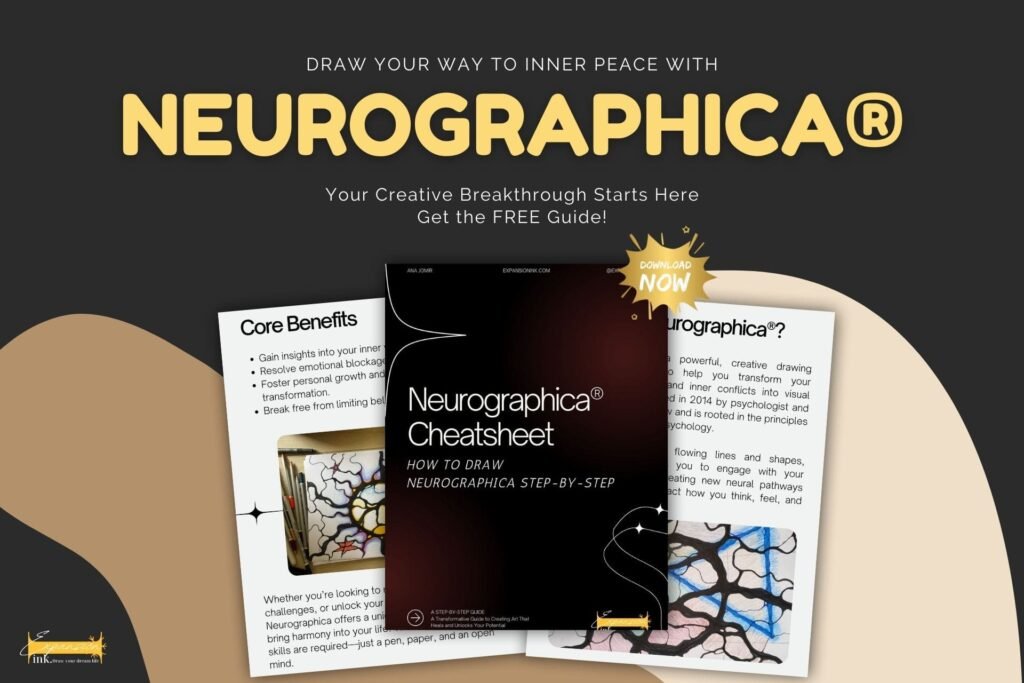
From Neurographic Art to Lasting Change with Expansion Ink
At ExpansionInk, we guide you from your first neurographic drawing to real, lasting inner change. This neurographic art method helps you find balance through shapes, colour, and mindful lines.
Even the basics offer deep benefits like relaxation, clarity, and emotional release through a simple pen and page.
With time, you move from drawing to transformation as each session builds self-awareness and resilience.
Through simple shapes, mindful lines, and the basics of the method, you gain clarity and calm.
Over time, each drawing becomes a step toward greater mindfulness, purpose, and personal transformation.
You don’t need to master art—you only need the courage to begin.
Download this Neurographica Cheatsheet and start your journey toward balance today. 👇
What is a Neurographic Algorithm?
A neurographic algorithm is a step-by-step drawing process used in Neurographica to create inner change.
What are the rules for Neurographics?
The main rules include drawing free-flowing lines, rounding sharp intersections, and following a mindful creative process.
How does Neurographica work?
Neurographica works by combining art, psychology, and mindfulness to rewire thoughts and emotions through drawing.

Pingback: Neuroscience Behind the Lines: How Does Neurographica Work
Pingback: Why Neurographica Is Powerful Brain Training | ExpansionInk
Pingback: Draw Neurographica for Flow State & Inner Balance